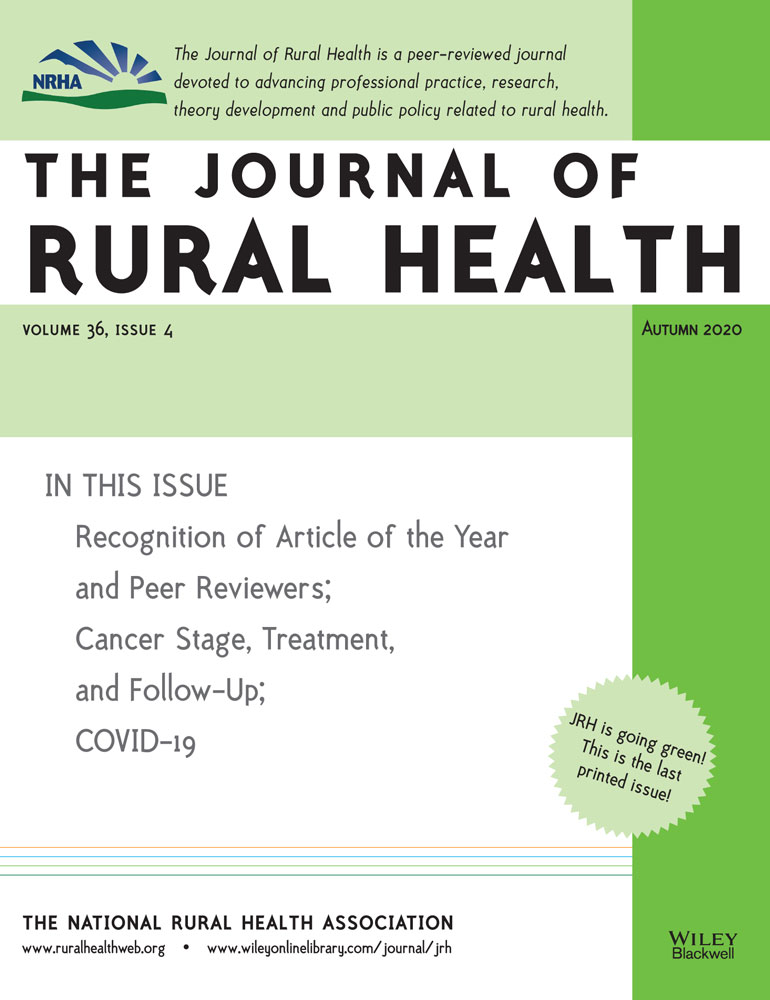Differences in Travel Time to Cancer Surgery for Colon versus Rectal Cancer in a Rural State: A New Method for Analyzing Time-to-Place Data Using Survival Analysis
Disclosures: The findings and conclusions of this report are those of the author(s) and do not necessarily represent the official position of the Centers for Disease Control and Prevention.
CDC Research Determination: This study (research determination 0.684 form id: #33784) was approved by the NCCDPHP on 04/29/2019.
Funding information: US Department of Health and Human Services/National Institutes of Health, National Cancer Institute, Surveillance, Epidemiology and End Results (SEER) Program. Contract Number: HHSN261201800012I/HHSN26100001. 5/1/19-4/30/20
Acknowledgements: We would like to thank Dr. Lucy Peipins from the Centers for Disease Control, Division of Cancer Prevention and Control for providing comments and a thorough review of this paper.
Abstract
Purpose
Rectal cancer is rarer than colon cancer and is a technically more difficult tumor for surgeons to remove, thus rectal cancer patients may travel longer for specialized treatment compared to colon cancer patients. The purpose of this study was to evaluate whether travel time for surgery was different for colon versus rectal cancer patients.
Methods
A secondary data analysis of colorectal cancer (CRC) incidence data from the Iowa Cancer Registry data was conducted. Travel times along a street network from all residential ZIP Codes to all cancer surgery facilities were calculated using a geographic information system. A new method for analyzing “time-to-place” data using the same type of survival analysis method commonly used to analyze “time-to-event” data is introduced. Cox proportional hazard model was used to analyze travel time differences for colon versus rectal cancer patients.
Results
A total of 5,844 CRC patients met inclusion criteria. Median travel time to the nearest surgical facility was 9 minutes, median travel time to the actual cancer surgery facilities was 22 minutes, and the median number of facilities bypassed was 3. Although travel times to the nearest surgery facilities were not significantly different for colon versus rectal cancer patients, rectal cancer patients on average traveled 15 minutes longer to their actual surgery facility and bypassed 2 more facilities to obtain surgery.
Discussion
In general, the survival analysis method used to analyze the time-to-place data as described here could be applied to a wide variety of health services and used to compare travel patterns among different groups.




